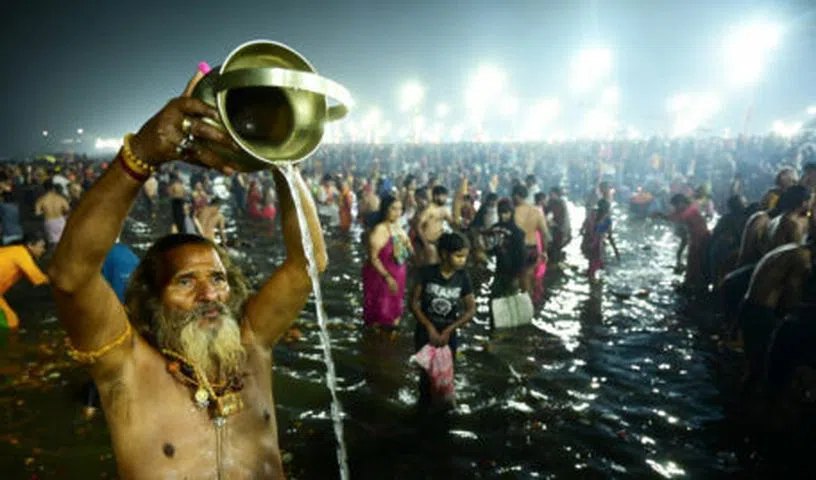
Putting an end to VIP culture should be one of the key lessons for the authorities to learn from Kumbh Mela apart from crowd management
The curtains have come down on Maha Kumbh Mela, the world’s largest congregation of humanity, as over 65 crore devotees took the holy dip at Prayagraj in Uttar Pradesh in an awe-inspiring religious event spanning 45 days. As the whole world watched the mega spectacle in wonderment, it was an occasion for India to showcase its spiritual magnificence as well as soft power. However, a pre-dawn stampede on Mauni Amavasya, the biggest bathing day of the mela which left over 30 people dead, cast a grim shadow over the event and exposed chinks in planning and crowd management strategies. Apart from gaps in crowd management, a culture of VIP entitlement contributed to the situation spinning out of control, leading to the deadly stampede. While millions of devotees had to walk several miles to reach the site, VIPs drove up in their vehicles to the ghats, causing severe inconvenience. Putting an end to VIP culture should be one of the key lessons for the authorities to learn from Kumbh Mela. An event of such magnitude and scale also highlights the need to balance tradition with modern challenges. Proactive planning, infrastructure improvement and technology can help minimise risks. Managing such gigantic gatherings requires not just meticulous planning but relentless execution of crowd dispersal strategies. It is not just a test of administrative acumen but also of the ability to harmonise faith-driven gatherings with scientific planning. While devotion cannot be controlled, it must be guided, structured and safeguarded.
This year’s Kumbh was considered particularly special as it coincided with a “Triveni Yog”, a rare celestial alignment, which took place after 144 years on January 29. The festival is centred around the confluence of the Ganga, Yamuna and the mythical Saraswati rivers, where devotees bathe in the holy waters. Many believe that a dip in the confluence could wash away their sins and lead to moksha — freedom from the cycle of life and death. The 2025 edition of Kumbh witnessed an innovative confluence of tradition and technology. Artificial intelligence (AI)-driven systems played a vital role in estimating crowd density and tracking people. Given that this Kumbh has been widely recognised as a ‘Digital Kumbh’, the integration of technology into crowd management should translate into proactive, data-driven decision-making, enabling authorities to foresee and diffuse potential bottlenecks before they become unmanageable. The lesson from this tragedy is that the country needs a more dynamic and adaptive approach to crowd management. There should be no compromise on river water quality, sanitation and devotees’ safety. The Central Pollution Control Board’s report had flagged alarming levels of faecal bacteria in the river water near Sangam. The report highlighted that water quality at multiple sites failed to meet prescribed bathing standards. The government must urgently address the issue of public safety instead of slipping into complacency.







